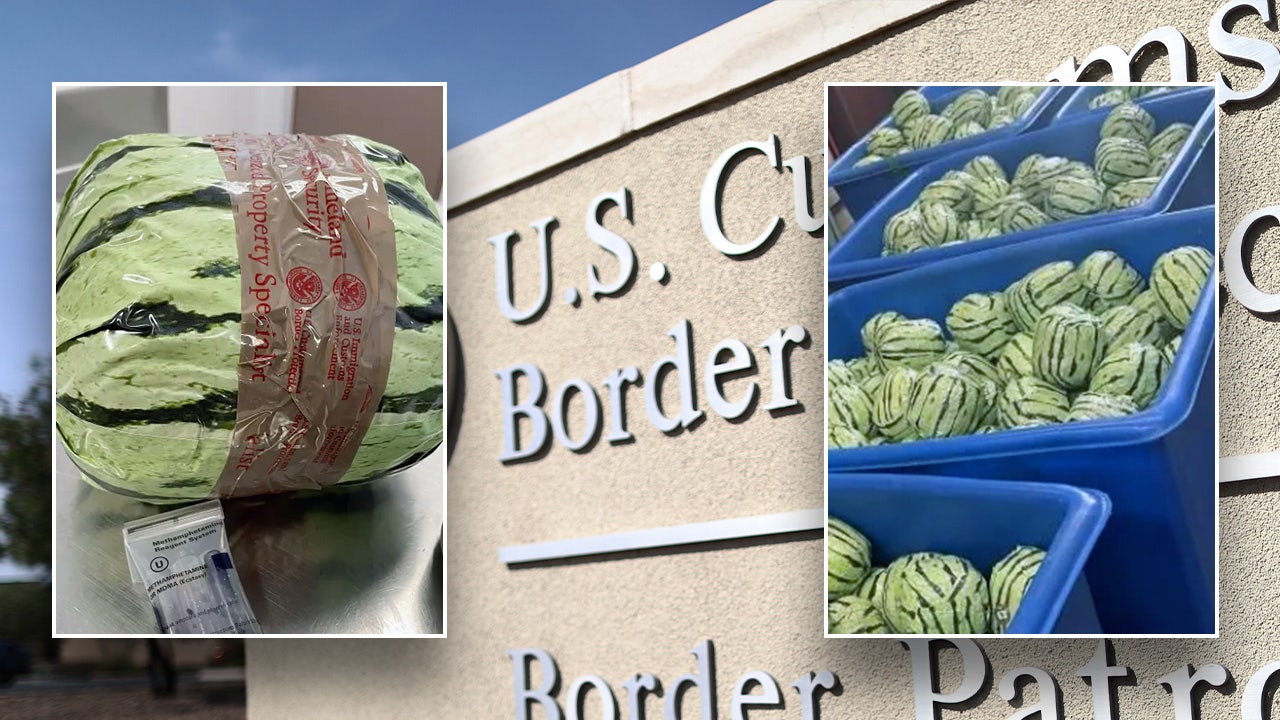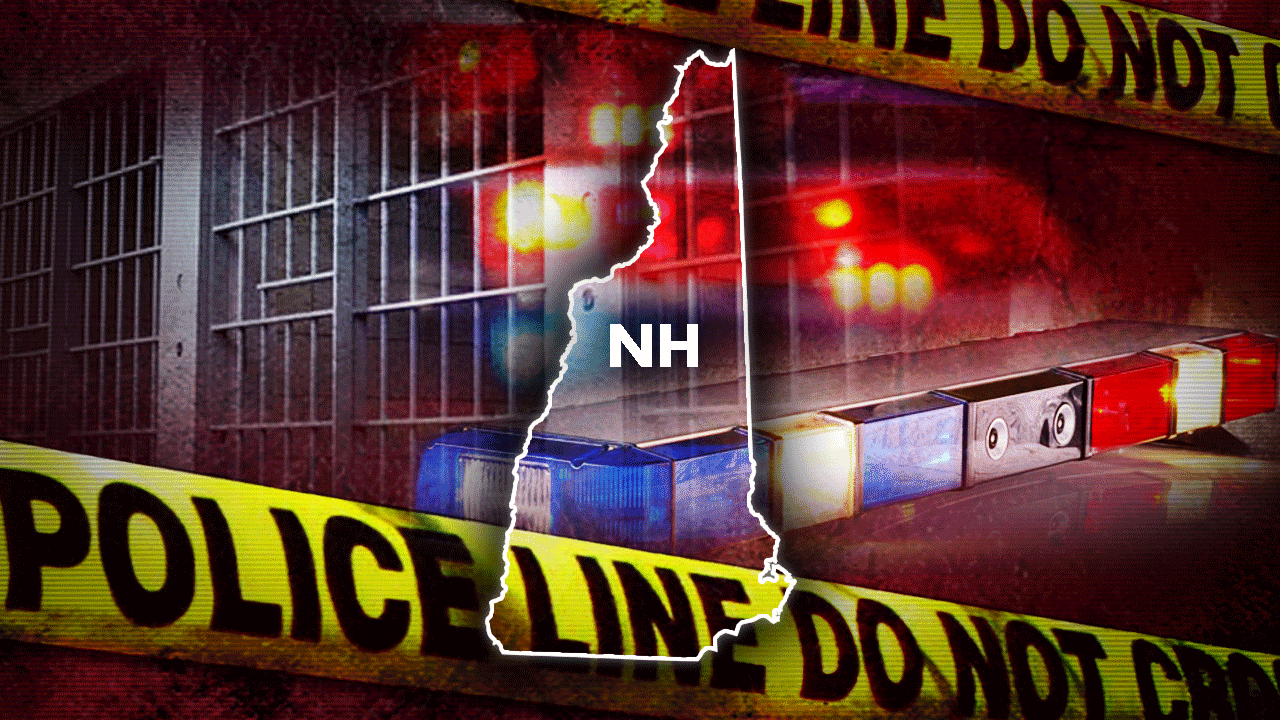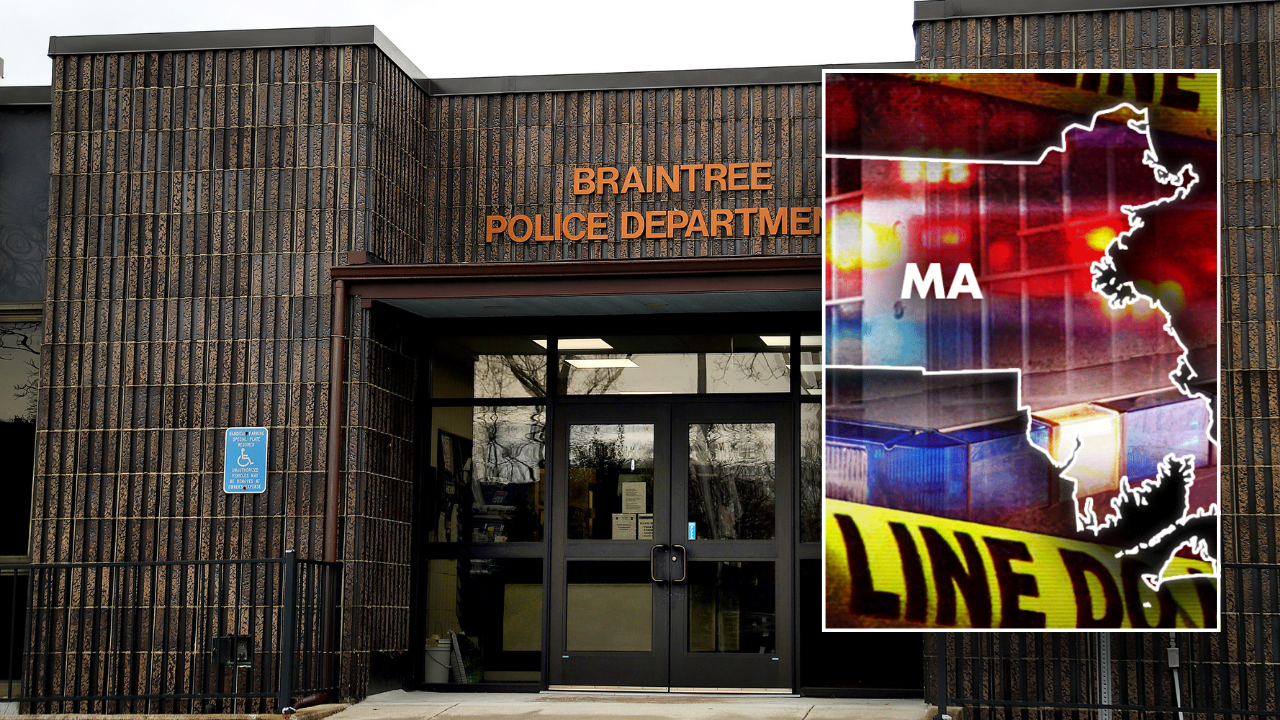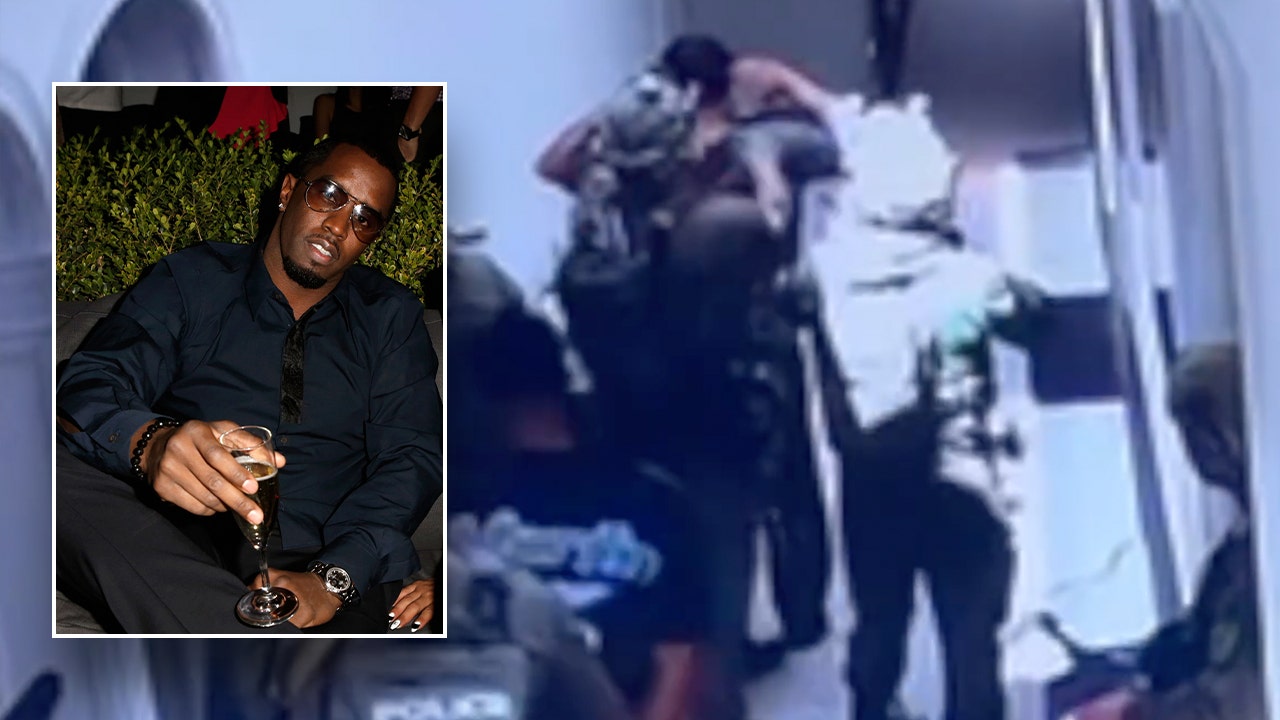As a journalist, you usually go to the front line to find the news. But sometimes the front line finds you. This happened to me not once but twice on Thursday, as an epic battle over freedom of expression on college campuses unfolded from one end of Manhattan to another.
The first was when I happened to be on the campus of Columbia University, speaking at a class. While leaving the classroom, I came upon a tent camp that had sprung up on one of the campus’s lush lawns. It was, as college protests often are, an earnest but peaceful affair. A few dozen tents had been pitched, and students hung a sign reading “GAZA SOLIDARITY ENCAMPMENT.” Their tactics were a mild echo of those of an earlier generation of students, who effectively shut down the campus in April 1985 to demand that Columbia divest from South Africa — protests that were in turn an echo of the 1968 student takeover of the university amid the broad cultural rebellion against the Vietnam War.
On Thursday morning the students marched in a circle, their chants demanding that Columbia divest from Israel in protest of the ongoing slaughter in Gaza, in which around 34,000 people — more than 1 percent of Gaza’s population — have died, most of them women and children. The protesters were taking up a good bit of space and making a fair bit of noise. They were, according to the university, trespassing on the grounds of the school they pay dearly to attend. But they didn’t seem to be targeting, much less harming, any of their fellow students. The campus was closed to outsiders; the protest seemed unlikely to escalate. I took in the scene, then hopped on the subway to get back to my office.
I was stunned to learn, less than an hour later, that Columbia’s president, Nemat Shafik, had asked the New York Police Department to clear the camp, which had been established less than 48 hours earlier. What followed was the largest arrest of students at Columbia since 1968.
I knew that I would run into those students again: I live a block away from the headquarters of the N.Y.P.D., where protesters are often booked and processed. Since Oct. 7 there have been regular demonstrations on my block as pro-Palestinian activists await the release of their friends. When I got home from the office, a huge crowd had already gathered.
Most of the students I tried to talk to did not want to be interviewed. Some had harsh criticisms of mainstream media coverage of the war in Gaza. Others were afraid that being associated with the protest movement could harm their future career prospects. (These are Ivy League students, after all.) But eventually, many told me of their determination to keep protesting for a cause they feel is the defining moral challenge of their lives.
A quasi-encampment quickly sprung up down the block from my apartment, where students waited for their friends to be released. It took on a festive air: There were plenty of pizzas and boxes of doughnuts, cases of Gatorade and bottles of water. People guzzled coffee and used hand warmers to stave off the unusually chilly mid-April air as dusk approached. I didn’t see a drop of alcohol nor smell a whiff of marijuana, usually an omnipresent scent on the streets of Lower Manhattan. I spotted a man braiding a woman’s hair into tidy pigtails. People bedded down on towels and blankets, settling in for a long wait.
The students were especially angry at the email they had received from Shafik, which, in the bureaucratic language of academic officialdom, informed them that their classmates were about to be bodily dragged from campus by police officers in riot gear: “I have always said that the safety of our community was my top priority and that we needed to preserve an environment where everyone could learn in a supportive context,” she wrote.
Shafik wrote to the N.Y.P.D. requesting that officers clear the quad, declaring the protests “a clear and present danger” to the university. If there was danger, the police seemed to struggle to find it. In remarks reported by The Columbia Daily Spectator, the Police Department’s chief of patrol, John Chell, said that there were no reports of violence or injury. “To put this in perspective, the students that were arrested were peaceful, offered no resistance whatsoever, and were saying what they wanted to say in a peaceful manner,” he said.
For the students I spoke to, the invocation of safety was especially galling because the arrests themselves were an act of violence, and the fact that many students reported receiving emails informing them that they were suspended and temporarily barred from their dorms, effectively rendering them homeless.
“The only violence on campus was the police carrying people away to jail,” one student told me. “It was an absolutely peaceful protest. Last night we had a dance circle. There has been nothing aggressive or violent.”
Others told me they felt Shafik’s message was clear and chilling.
“Some people have space to have pain,” one student at the protest outside police headquarters told me. “Others don’t get to have pain.” She said Muslim students, along with Arab and Palestinian students of all faiths, had been unfairly targeted on campus, describing an incident in which a private detective showed up at the dorm room door of a Palestinian American student.
Another student chimed in: “There is no hearing in Congress about Islamophobia.”
The previous day, Shafik had prostrated herself before the bad faith brigade that is the Republican-led House of Representatives. In testimony before the House’s education committee, Shafik seemed determined to avoid the fate of two other Ivy League presidents whose shaky performances led to their ousters. She intimated that she would not hesitate to discipline pro-Palestine professors and students for speech, and suggested that using the contested chant “from the river to the sea” could be cause for disciplinary action on its own.
In a world where almost any kind of advocacy on behalf of Palestinian self-determination risks being interpreted as antisemitism or a call for the destruction of Israel, her statements cast quite a pall. Her actions on Thursday drew instant rebuke from professors and other defenders of free speech on campus.
Columbia’s president seemed to believe that Republican Ivy League opportunists like Elise Stefanik would be satisfied with her willingness to throw students under the bus. Fat chance. On Thursday the New York Post reported that pro-Israel groups were unimpressed: They hired trucks with mobile billboards urging her to resign. “We’re here to help you move,” the billboards read.
I am old enough to remember when our public conversation was preoccupied with the coddling of college students, their unwillingness to confront hard truths and their desire for safe spaces, shielded from challenging ideas. Many of the voices who for years ridiculed the safety concerns of Black, brown, Indigenous and queer students are notably silent as an iron-fisted university leader sends in cops in riot gear to arrest college students for passionately engaging with political life and taking a stand on an important moral issue. If our richest universities, cosseted by tenure and plumped with their ample endowments, cannot be citadels of free speech and forums for wrestling with the most difficult ideas, what hope is there for any other institution in our country?
The right-wing culture war on America’s campuses has been unfolding for some time. Recently, legitimate concerns about rising antisemitism have helped push those forces into an uneasy alliance that threatens all kinds of speech. University administrators, trembling in the face of their powerful trustees and MAGA politicians, have fallen into a trap in which they must be ready to call in the troops at the slightest sign of discord involving politics they deem dangerous in the name of “safety.” These forces are an existential threat to the long tradition of free assembly in American universities.
But these students are not going to go quietly.
“The more they try to silence us, the louder we get,” one Columbia graduate student told me.
Late into the night on Thursday, despite the bone-deep cold, the crowd outside police headquarters remained thick, whooping and cheering as each batch of arrested students was released. Back on campus, dozens more students had already taken up residence on a neighboring lawn in Columbia’s quad, daring the university to try again.






